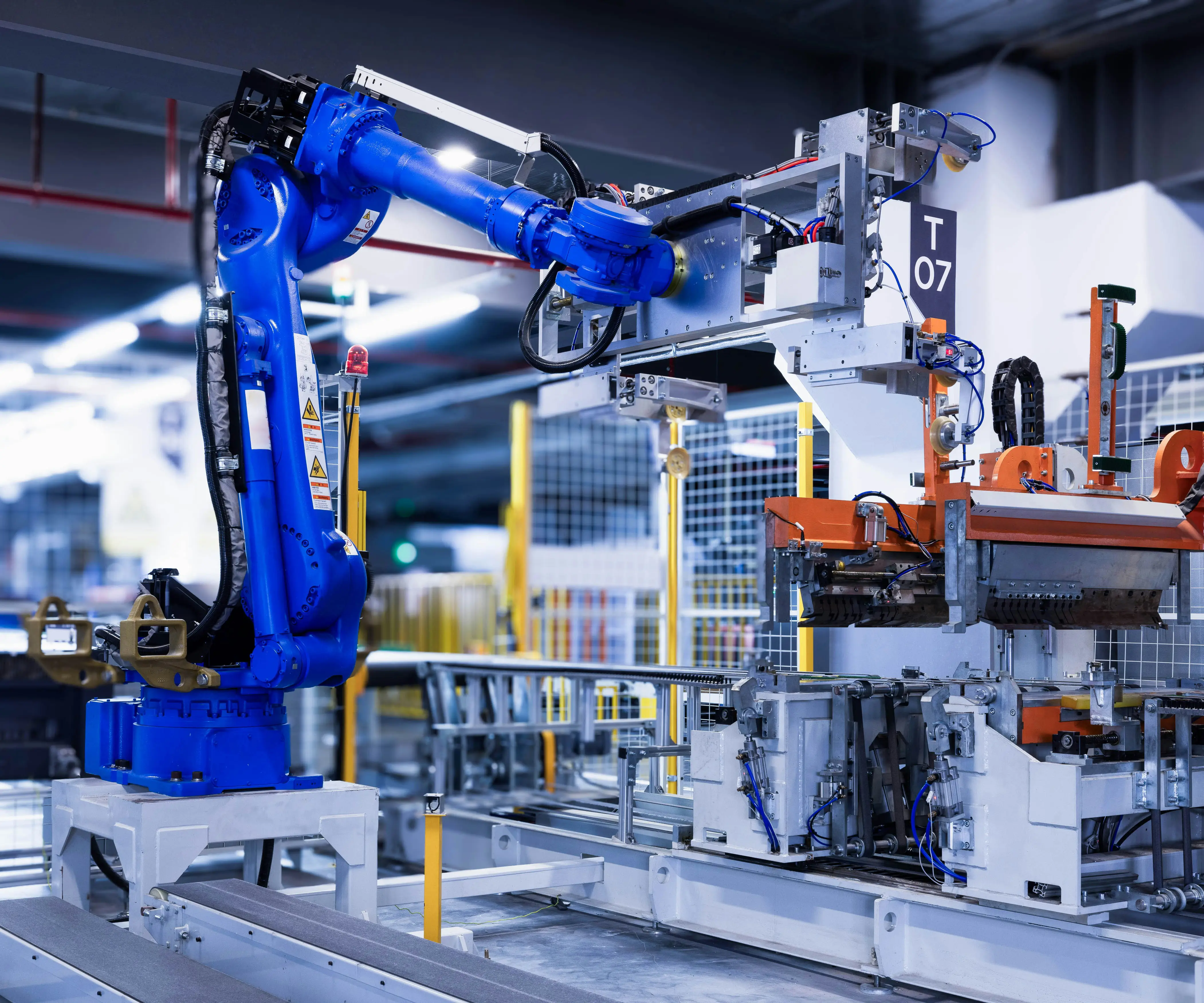Ever tried figuring out how robots move so smoothly? It’s like a dance of precise parts working in harmony. At the heart of that are robotics joints and links—those tiny marvels that give life to robotic arms and legs. Think of joints as the hinges or pivots that let parts rotate or move in just the right way. Links? They’re the sturdy, often sleek segments connecting those joints, acting as the bones of the robotic structure. Combine these, and you've got a flexible, adaptable, and strong skeleton that can perform complex tasks with finesse.

Here's the thing—when designing a robotic system, the quality of joints and links really becomes the backbone of performance. You need something that can endure heavy cycles of movement. That’s where high-grade materials and precision manufacturing come in. You want joints that don’t wobble or wear out after a hundred thousand operations, and links that maintain their rigidity without adding unnecessary weight. It’s a balancing act, really. Too much weight and the robot gets sluggish; too little strength, and it risks breaking under stress.
Why should you care about this? Because in industries like manufacturing, automation, or even healthcare robotics, the reliability of joints and links directly impacts productivity. Think about a robotic arm welding car parts. If the joints loosen or the links crack mid-operation, the whole line halts, costing time and dough. That’s why choosing the right components isn’t just a technical choice, but an economic one.
People often ask, “What makes a good joint?” It’s all about precision engineering—minimal backlash, high load capacity, smooth motion. And for links, durability is key. Materials like alloy steels or advanced composites are common, providing both strength and lightness. It’s like choosing the right gear for a mountain bike—you want something tough enough to handle rough terrain but light enough to speed up.
Imagine installing these joints and links in a robotic arm that’s supposed to pick up delicate objects. The slightest looseness could cause damage or mishandling. That’s why each component must be meticulously tested and aligned to ensure seamless movement. When you see a robot smoothly stacking boxes or assembling tiny components on a production line, that’s the invisible magic of high-quality joints and links making it all possible.
Customers often look for solutions that balance quality and cost. The good news? Well-designed joints aren’t just about durability; they’re about the agility of the entire machine. When you’re investing in robotic parts, it’s like setting the foundation for a skyscraper—you want something that can support potential upgrades, withstand rigorous use, and reduce downtime.
In the end, it comes down to one thing: equipment that doesn’t just work, but works flawlessly, day after day, task after task. That’s the essence of high-performance robotics joints and links. They might be small, but talk about a big impact. And when you pick the right ones? Uh, let’s just say your robotics project will thank you for it.
Kpower has delivered professional drive system solutions to over 500 enterprise clients globally with products covering various fields such as Smart Home Systems, Automatic Electronics, Robotics, Precision Agriculture, Drones, and Industrial Automation.




































